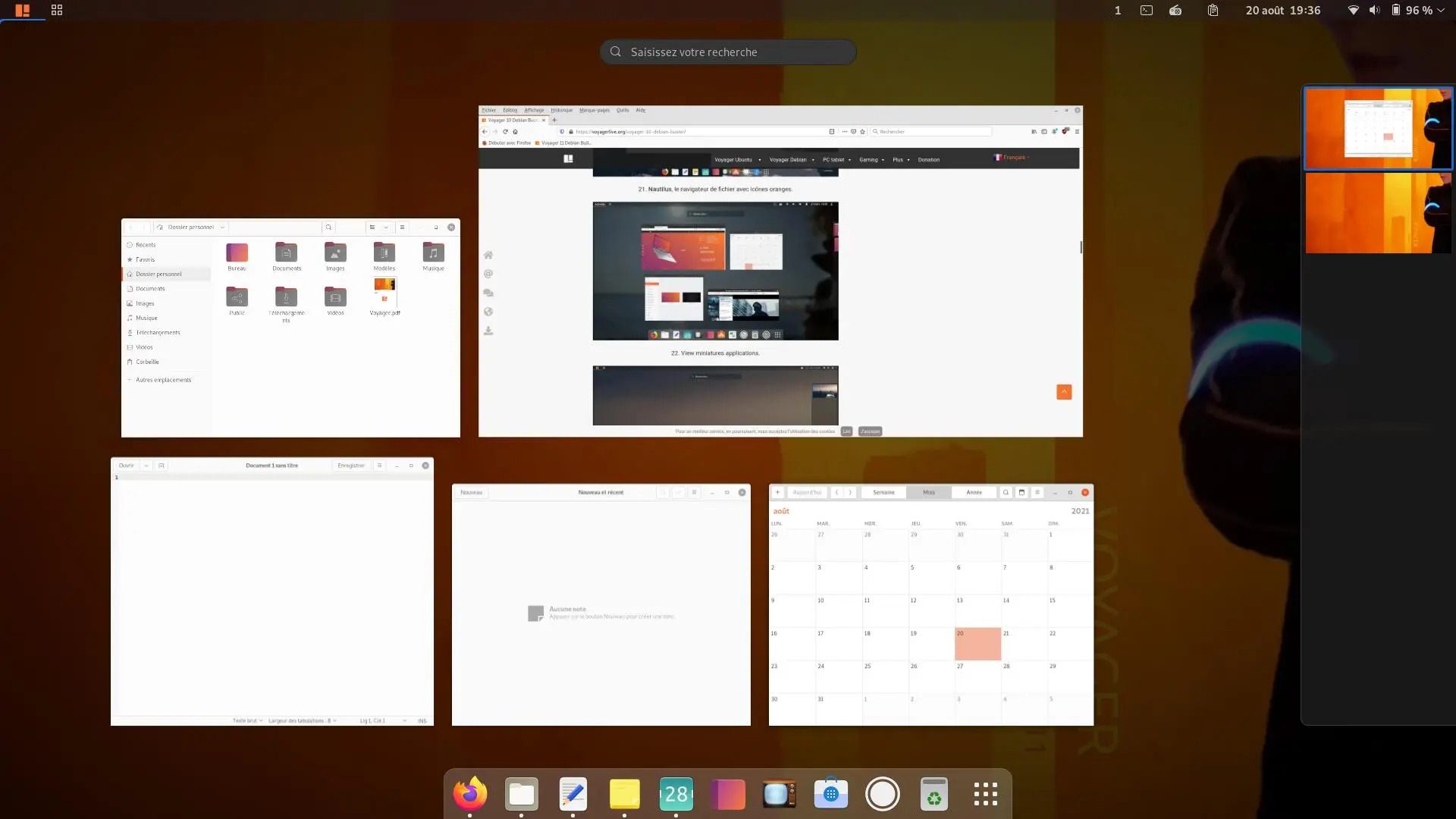Voyager 11 released with the Debian Bullseye Foundation and features GNOME Shell as the default
On 24th August 2021, the Voyager team has announced the release of Voyager 11. It is the first release from the Voyager Linux project with Debian 11 Bullseye Foundation. Voyager 11 completely discards its flagship Xfce desktop and is moving towards a GNOME shell experience.

Voyager 11 inherits all the positive sides of Debian Bullseye and adds a fair amount of customization on top of Debian to make it more appealing and friendly for novice users. All the package structure and the core components are kept intact as in Debian to avoid accidental security flaws and inconsistencies.
Why switching to GNOME shell again?
It was almost 10 years back when the Voyager project decided to discard the GNOME shell and to adopt a more flexible, lightweight Xfce Desktop environment. It was the time when GNOME 3.x was still a child and was lacking flexibility and customization options.
After several years, now the Voyager team understands that the GNOME shell has become mature enough to use the Voyager releases. It is also more responsive and flexible compared to its early days. Hence, the team decided to discard the Xfce, and completely focus their effort on the GNOME shell experience.
What’s new in Voyager 11?
Apart from the switch to GNOME 3.x, Voyager 11 has the following salient features.
- GNOME 3.38
- Linux Kernel 5.10
- Firefox-ESR 78.13
- LibreOffice 7.0
- Tools and extensions to customize, and improve user experience.
For more information on Voyager 11, see the Voyager 11 release announcement in the project’s website.
Voyager 11 Bullseye screenshots
 Capture-decran-de-2021-08-18-15-43-36
Capture-decran-de-2021-08-18-15-43-36 Capture-decran-de-2021-08-18-15-48-51
Capture-decran-de-2021-08-18-15-48-51 Capture-decran-de-2021-08-20-19-35-27
Capture-decran-de-2021-08-20-19-35-27 Capture-decran-de-2021-08-20-19-36-36
Capture-decran-de-2021-08-20-19-36-36 Capture-decran-du-2021-08-20-23-16-18
Capture-decran-du-2021-08-20-23-16-18 Screenshot-from-2021-08-23-02-38-04
Screenshot-from-2021-08-23-02-38-04 Screenshot-from-2021-08-23-02-38-47
Screenshot-from-2021-08-23-02-38-47 projetdebianvoyagerx
projetdebianvoyagerx
Video Preview
For more videos, subscribe our channel DistroScreens on YouTube.